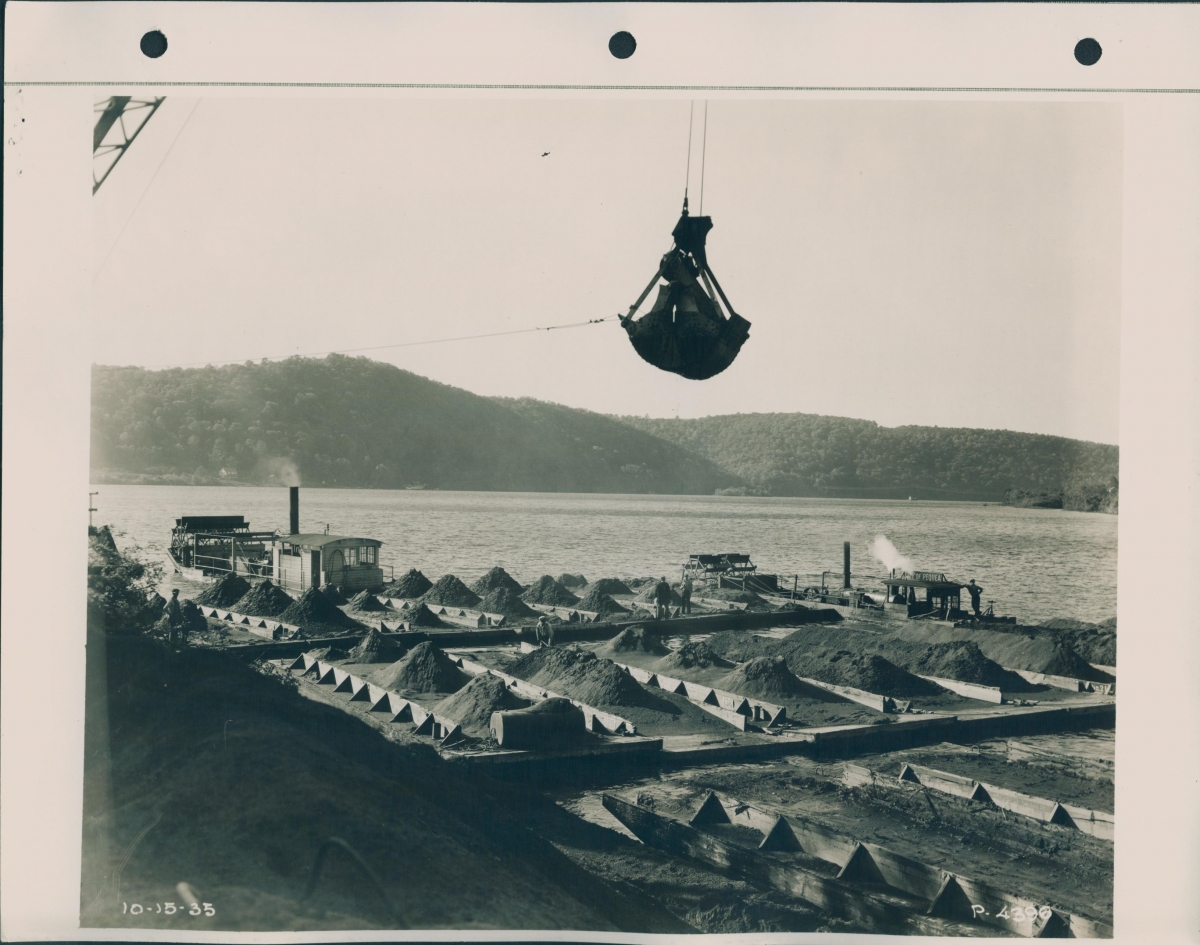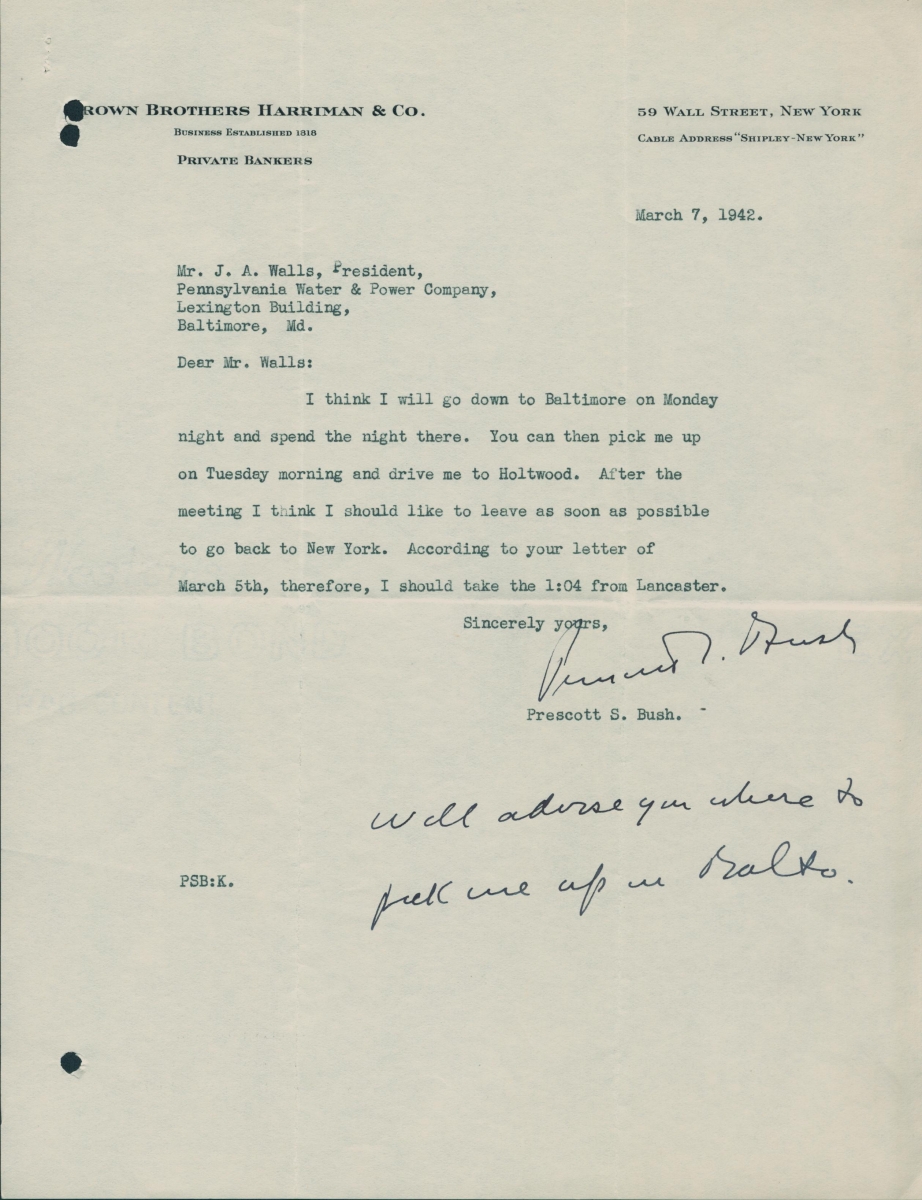“How could a river, referred to sometimes as “dusty” and at times as “a destroying mass of torrent-born ice” be profitably developed?”
In 1910, the officers of a new hydroelectric power firm, the Pennsylvania Water & Power Company, raised this question in reference to the lower Susquehanna River in Pennsylvania. The new company had fallen heir to the assets of a bankrupt enterprise which had hazardously and unsuccessfully began a dam project on the river in 1905. Ignoring annual predictions that “the dam could never resist the floods and ice shoves of the Susquehanna,” Pennsylvania Water & Power completed the project in 1910, and the newly christened “Holtwood” dam held.
The company brought in leading engineers to secure the dam’s profitability and efficiency. This included John Abbet Walls, a Lewisburg, Pa., native who had received his civil and electrical engineering degree from M.I.T. in 1899 and shortly after had been named chief engineer of the Shawinigan Water & Power Co. in Canada. However, as steam turbines grew in size and competition from steam-generated electricity became more acute, speculators in the industry believed that hydroelectric power was a “doomed business.”
As chief engineer of Pennsylvania Water & Power, Walls helped lead the company through financial and technological obstacles with innovation. Embracing the competition triggered by steam-generated electricity, Walls approved the construction of a steam station near the Holtwood dam that burned fine river coal dredged from the Susquehanna. Walls’s leadership and innovation resulted in his election as company president in 1933, and Pennsylvania Water & Power became one of the leading firms of hydroelectric and steam power development, accumulating large earnings for its shareholders by the late 1930s.

The company’s success attracted other prominent business names. Joining the company as Chairman of the Board in the early 1940s was Wall Street executive banker and later U.S. senator, Prescott S. Bush. Father and grandfather of two U.S. presidents, Bush was essential to company decisions relating to property acquisitions, employee wages and hours, power contracts, and general legislation and new regulations. Along with Walls, Bush also made executive decisions to replace members of the company board, whether it was due to the death of or sheer incompetency of a member. In a 1942 letter to Walls, Bush explains that, “Mr. Buckner’s death raises, of course, the question of replacement on the board, and I am not forgetting that we should also replace Mr. Gleason this spring.” Bush later states that a “good industrialist would be a helpful addition to our board.”

Correspondence between Walls, Bush, and other company officials can be found in Acc. 2627 Pennsylvania Water & Power Company presidential records, now open for research. The records span from 1905 to 1946 and give insight into the development of both the company and the hydroelectric industry through decision making at the highest level.
View the Pennsylvania Water & Power Company presidential records finding aid online.
For more information, please contact askhagley@hagley.org.
Clayton Ruminski is the Archival Specialist in the Manuscript and Archives Department at Hagley Library.
